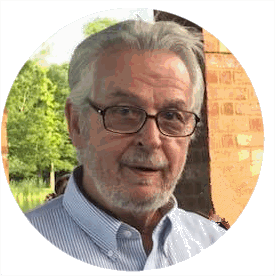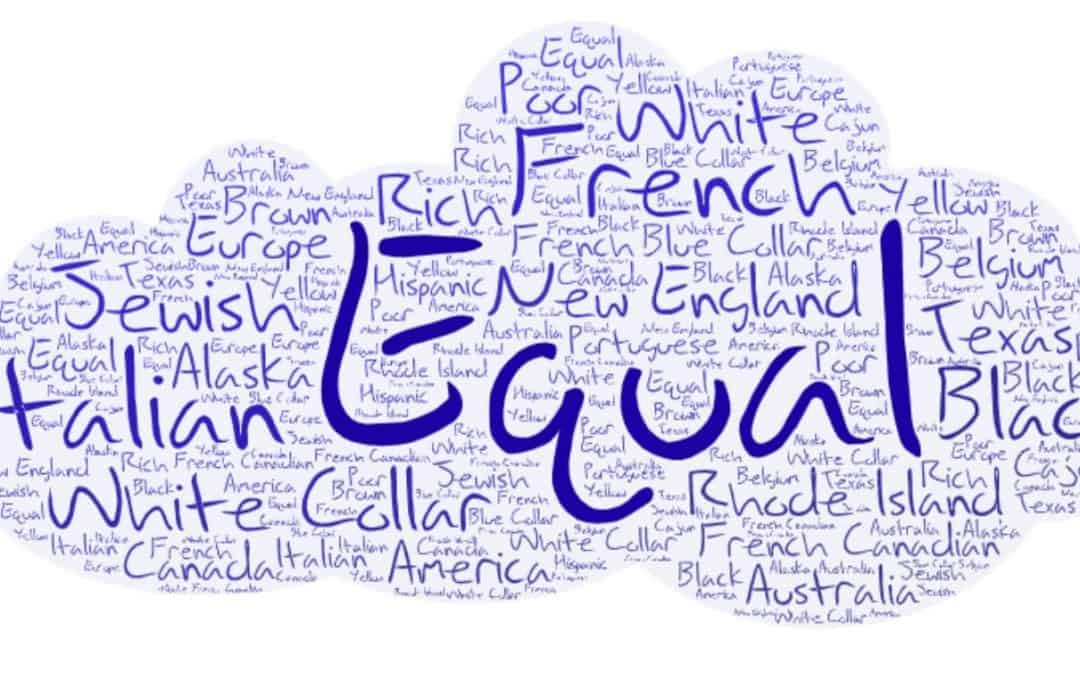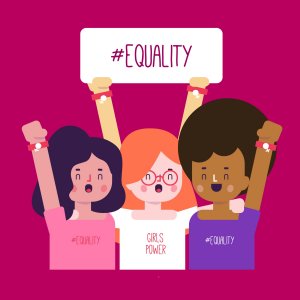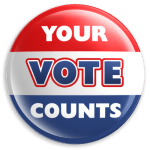
Pick Your Numbers – Pick Your Focus – Don’t Panic

I recently wrote about Ethnic Thoughts, where I shared some of my own feelings about prejudice and discrimination today. In the end I referenced a situation where five Democrat lawmakers from the US Congress had accused the COVID-19 virus of being racist.
The basis for their accusations were statistics about how the African American and Latino communities had statically more cases of and deaths from COVID-19, more in relation to their share of the population.
NUMBERS
Based on numbers from the CDC website, as of April 28th 2020, the African American population represented 13% of the population in USA. On that same date, African Americans represented 21% of the COVID-19 deaths in the USA. That’s a 70% bigger share of COVID deaths than of the population. More racism!!!
This became a hot point for the media and rapidly spread through the country – like the coronavirus itself. It was all because of racism – perpetrated by the white community over centuries and that’s what has caused all the hardship on these protected classes of people in our country.
As noted in a previous article, I am neither African American nor Latino. As a result, perhaps I have no right to criticize the use of the race card when it comes to COVID-19.
NOT SO! I am a senior citizen. That puts me in a special class when it comes to COVID-19. Why? Because, from the same CDC website statistics, on the same date, 80% of the COVID-19 deaths were to people aged 65 and older.
I’ll tell you what, when 80% of the deaths are to people over 65 and only 21% of the deaths were to people in the African American community – I think any discrimination is against seniors a lot more than it is people of color. But who can seniors blame? God? Mother Nature? The Devil?
This is a great illustration of how “Figures don’t lie, but liars do figure.”
AGE GROUPS
The CDC website mortality tables referenced above show the number of recorded deaths from COVID-19 as of 4-28-2020.
The age group from birth through 24 years old indicates less than 50 deaths…out of tens-of- thousands! That is a miniscule number. It doesn’t mean that age group doesn’t catch the virus, only that it doesn’t kill them (statistically). So why are all the schools closed????
If we take the total deaths (USA) from the virus and subtract those age 65+; and we then remove those who are under age 25 because the number of deaths is miniscule, we are left with a population group from age 25 through 64, and that represents only 20% of the deaths from the virus.
When we are talking about re-opening the economy, we should be looking to isolate, one way or another, the most vulnerable people – those 65+ (80% of the deaths). We should not be overly concerned with the school-age kids (all the way through grad school) because even if they get sick from the virus they recover.
FOUR CLASSES
The most important portion of the population to focus on is the 25 to 64 age group. Those are the people to be tested. When tested they could fall into four classes:
- They have underlying/pre-existing medical problems that put them at high risk;
- They have no signs of COVID-19;
- They have the disease currently, with or without symptoms, and are contagious;
- They have already had the virus and have antibodies to protect themselves,
Once tested, let’s get back to productivity, without a doubt:
- Place Class 1 people under the same umbrella as the protected seniors;
- Class 2 needs to take preventative measures (masks, social distancing, etc.) and continued testing until/unless they move on to either Class 3, but in the meantime, they should be able to return to productivity;
- Isolate Class 3 until they progress to Class 4 with antibodies;
- And send Class 4 back to work.
With that strategy, the economy will start to regenerate, some people will still get sick, but almost all of them will get over it, and we are protecting the most vulnerable people – who are 65+ or have medical problems that put them at high risk.
Sounds simple doesn’t it?
FOCUS
I guess it’s all in how you pick your numbers as to how the focus goes. Instead of choosing the numbers to pass the blame, let’s encourage our leaders to choose numbers that help us to move forward and do what Americans have always done – meet and beat the challenge.
Please go and tell your elected leaders at all levels how you want them to lead us forward in the face of the COVID-19 challenge. It’s up to you to influence the leaders to do the right thing.
[The CDC website for the data in this article is https://www.cdc.gov/nchs/nvss/vsrr/covid19/index.htm. It is regularly updated by the CDC and the numbers may have changed since May 1st 2020.]
J David Derosier consults with small business on planning and marketing issues, and provides web design and hosting services through OhainWEB.com, an accredited business with the Better Business Bureau that is rated A+ by BBB. He can be reached at JDAVID@Strategy-Planning.info
This article was first published in The Orange Leader on May 6th 2020.











 Think the Russians are going to try and interfere again?
Think the Russians are going to try and interfere again? 
